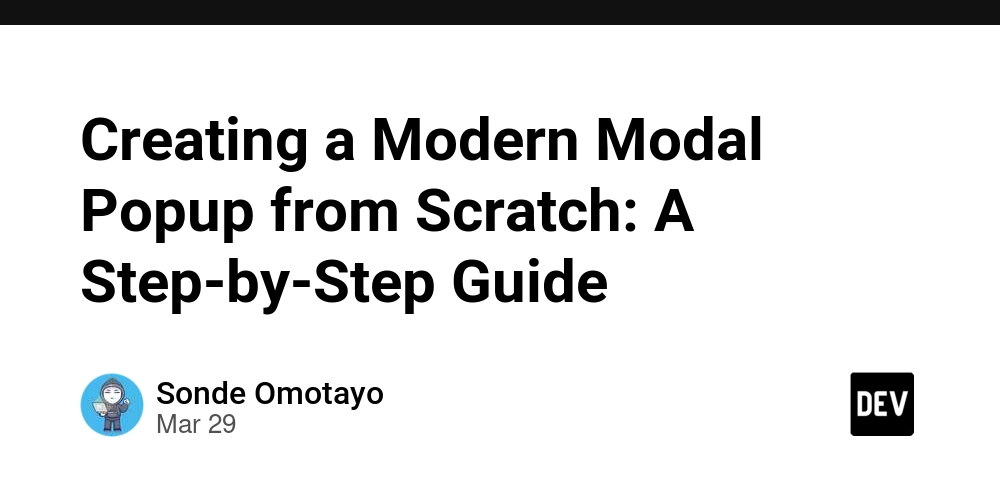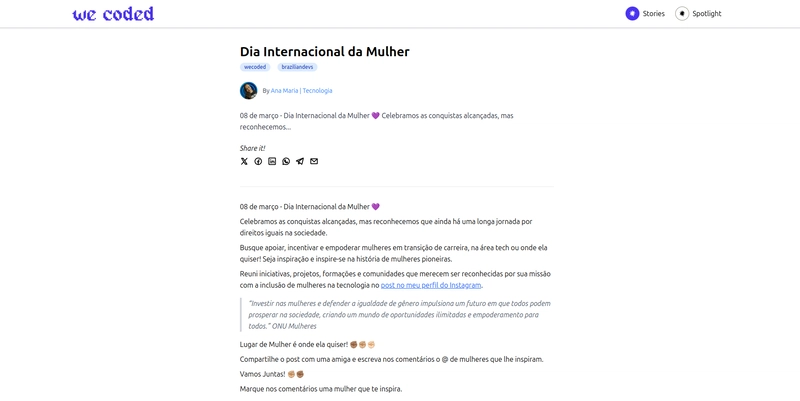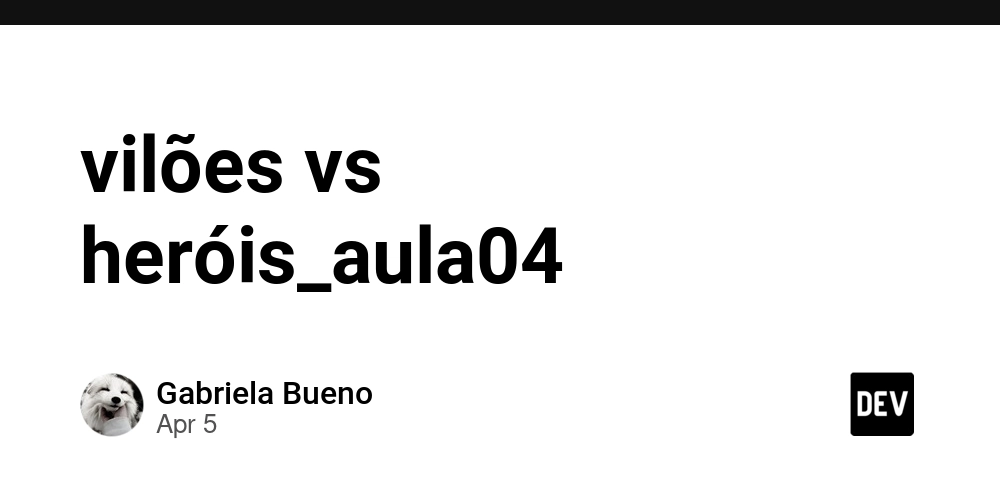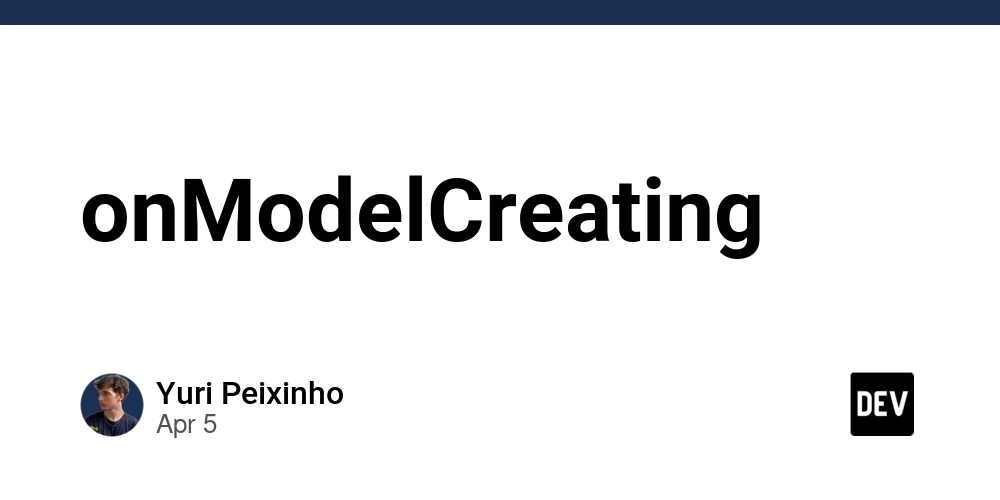Creating a Modern Modal Popup from Scratch: A Step-by-Step Guide
Have you ever needed to add a modal popup to your website but weren't sure where to start? Maybe you've tried using a JavaScript library but found it too bloated for your needs. Well, today I'm going to walk you through creating your own custom modal popup using nothing but HTML, CSS, and vanilla JavaScript. I've been building modals for years across dozens of projects, and I've refined my approach to create a solution that's lightweight, accessible, and looks great. Let's dive in! Understanding What We're Building Before we write any code, let's understand what we're creating. A modal (sometimes called a dialog) is a window that appears on top of the page content, usually requiring some user interaction before returning to the main page. It's perfect for confirmations, additional information, or forms that don't need a separate page. Our modal will have: A trigger button to open it A semi-transparent overlay that dims the background A close button Smooth animations Keyboard accessibility Mobile responsiveness Setting Up the HTML Structure Let's start with the basic HTML structure. Create a new file called modal.html and add the following code: Modern Modal Popup Modal Popup Example Click the button below to open a modal popup. Open Modal This gives us a simple page with a heading and a button. Now, let's add the HTML for our modal. We'll place this right before the closing tag: Modal Title This is a fully responsive modal popup with smooth animations. It's built with HTML, CSS, and vanilla JavaScript. The modal can be closed by: Clicking the close button Clicking outside the modal Pressing the Escape key Cancel Confirm Let me explain the structure: We have an outer modal-overlay div that covers the entire screen and serves as our backdrop. Inside that, we have the modal div that contains our actual popup content. The modal is divided into three sections: header, body, and footer. Notice the accessibility attributes: role="dialog", aria-labelledby, and aria-modal="true". These are crucial for screen readers. At this point, if you open the HTML file in a browser, you'll see the heading and button, but the modal won't be styled or functional yet. Let's fix that! Adding CSS for a Polished Look Now let's add some style to our modal. In the section of our HTML, let's add a tag: :root { --primary: #6d28d9; --primary-light: #8b5cf6; --dark: #1f2937; --light: #f9fafb; --gray: #6b7280; --border: #e5e7eb; --shadow: 0 10px 15px -3px rgba(0, 0, 0, 0.1), 0 4px 6px -2px rgba(0, 0, 0, 0.05); --transition: 0.3s cubic-bezier(0.645, 0.045, 0.355, 1); } * { margin: 0; padding: 0; box-sizing: border-box; } body { font-family: -apple-system, BlinkMacSystemFont, 'Segoe UI', Roboto, Oxygen, Ubuntu, Cantarell, 'Open Sans', 'Helvetica Neue', sans-serif; line-height: 1.6; color: var(--dark); background-color: var(--light); min-height: 100vh; display: flex; flex-direction: column; align-items: center; justify-content: center; padding: 2rem; } .container { max-width: 800px; width: 100%; text-align: center; } h1 { font-size: 2.5rem; margin-bottom: 1.5rem; color: var(--primary); } p { margin-bottom: 2rem; color: var(--gray); } I always start with CSS variables because they make it so much easier to maintain a consistent color scheme. We've also set up some basic styling for the page. Now, let's add styles for our button: /* Button Styles */ .btn { display: inline-block; background-color: var(--primary); color: white; font-weight: 600; font-size: 1rem; padding: 0.75rem 1.5rem; border-radius: 0.375rem; border: none; cursor: pointer; transition: var(--transition); box-shadow: 0 4px 6px -1px rgba(0, 0, 0, 0.1), 0 2px 4px -1px rgba(0, 0, 0, 0.06); } .btn:hover { background-color: var(--primary-light); transform: translateY(-2px); box-shadow: 0 10px 15px -3px rgba(0, 0, 0, 0.1), 0 4px 6px -2px rgba(0, 0, 0, 0.05); } .btn:focus { outline: 2px solid var(--primary-light); outline-offset: 2px; } .btn:active { transform: translateY(0); } .btn-secondary { background-color: white; color: var(--dark); border: 1px solid var(--border); } .btn-secondary:hover { background-color: var(--light); } I've added a subtle hover effect that lifts the button slightly and enhances the shadow. This gives users immediate feedback that the element is interactive. Now, let's style our modal and overlay: /* Modal Styles */ .modal-overlay { position: fixed; top: 0; left: 0; width: 100%; height: 100%; background-color: rgba(0, 0, 0, 0.5); backdrop-filter: blur(3px); disp

Have you ever needed to add a modal popup to your website but weren't sure where to start? Maybe you've tried using a JavaScript library but found it too bloated for your needs. Well, today I'm going to walk you through creating your own custom modal popup using nothing but HTML, CSS, and vanilla JavaScript.
I've been building modals for years across dozens of projects, and I've refined my approach to create a solution that's lightweight, accessible, and looks great. Let's dive in!
Understanding What We're Building
Before we write any code, let's understand what we're creating. A modal (sometimes called a dialog) is a window that appears on top of the page content, usually requiring some user interaction before returning to the main page. It's perfect for confirmations, additional information, or forms that don't need a separate page.
Our modal will have:
- A trigger button to open it
- A semi-transparent overlay that dims the background
- A close button
- Smooth animations
- Keyboard accessibility
- Mobile responsiveness
Setting Up the HTML Structure
Let's start with the basic HTML structure. Create a new file called modal.html and add the following code:
lang="en">
charset="UTF-8">
name="viewport" content="width=device-width, initial-scale=1.0">
</span>Modern Modal Popup<span class="nt">
class="container">
Modal Popup Example
Click the button below to open a modal popup.
id="openModal" class="btn">Open Modal











































































































































































![[The AI Show Episode 142]: ChatGPT’s New Image Generator, Studio Ghibli Craze and Backlash, Gemini 2.5, OpenAI Academy, 4o Updates, Vibe Marketing & xAI Acquires X](https://www.marketingaiinstitute.com/hubfs/ep%20142%20cover.png)



























































































































![[FREE EBOOKS] The Kubernetes Bible, The Ultimate Linux Shell Scripting Guide & Four More Best Selling Titles](https://www.javacodegeeks.com/wp-content/uploads/2012/12/jcg-logo.jpg)



![From drop-out to software architect with Jason Lengstorf [Podcast #167]](https://cdn.hashnode.com/res/hashnode/image/upload/v1743796461357/f3d19cd7-e6f5-4d7c-8bfc-eb974bc8da68.png?#)






































































































.png?#)




.jpg?#)
































_Christophe_Coat_Alamy.jpg?#)








































































































![Rapidus in Talks With Apple as It Accelerates Toward 2nm Chip Production [Report]](https://www.iclarified.com/images/news/96937/96937/96937-640.jpg)





































































































































